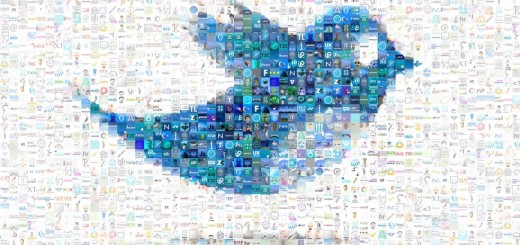Confessions of a magazine editor: ‘An impossible job’
Being a magazine editor isn’t the glamorous gig it once was. Long martini lunches with fellow wags and expensive photo shoots have given way to frantic scrambling to keep up with the never-ending demands of a multiplatform brand. No longer is it enough to put out a great magazine issue after issue; with competition from digital media abounding, today’s successful EIC has to be a brand marketer, data scientist and social media guru.
But unrealistic expectations from the business side and a lack of extra resources can make the job all the harder. For our latest Confessions installment, one veteran magazine editor talks about what it’s like to juggle the increased workload and being a “dime-store therapist” to an increasingly frantic business side.
How do you deal with all the competing demands on your attention?
It simply isn’t possible. And I wish I could yell this from the mountaintops to the corporate powers that be: It’s impossible for this all to be the job of one person. Because the sea shifts so quickly right now, there’s just this constant rushing to take care of this stream or strategy while still maintaining your already intensely demanding core job and its required work. The ways we’re executing our business these days, be it in the form of events or videos or even the print entity, it’s all in such dramatic flux that it’s very easy to make errors, because, perhaps with the exception of print, everyone’s just now putting it together. So it’s about surrounding yourself with people who are experts or at the very least potentially experts in all of these demands who can report back to you with good, clean, clear, analyzable information.
What causes you the most stress?
It worries me that on the business side, because their pressures are so enormous, that they don’t have the time or wherewithal to understand our stresses on the editorial side. And the needs just keep piling up without any kind of acknowledgement or understanding of what my essential workload is like. The requests tend to come so fast and furious that I get the feeling there’s not enough understanding or interest in my daily reality.
With the pressures on the core print business and rise of native and other new ad formats, is there pressure to blur editorial lines?
I haven’t encountered that yet. With these rapid-fire evolutions that are taking place, I tend to be generally inspired by them. I don’t see them as scary, sky-is-falling obstacles. Where the line between opportunity and stress appears very nakedly is when the demands become overwhelming. It means we’re working on weekends and called at a moment’s notice to go out on sales calls or appear at advertising-related events. There’s a constant call to develop, for example, new digital products. Many of these needs are specific to a particular advertiser or potential business stream. Some of them aren’t. Yet they come at us with equal weight.
So is there a clear strategy at work?
There is, and at the same time, there is a quality of franticness and fear-based decision-making right now, industry-wide. I don’t think any of us makes the best choices when we’re operating from a place of panic. We need to trust the power of our brands to reach, affect and engage audiences.
But there’s a growing recognition that the business and edit side need to work together for the good of audience development. Are publishers looking at editors as business partners now?
Yes and no. I like the concept a lot of publishers and chief editors being collaborators. The fact is, a lot of the languages spoken are so different as to often be — I don’t want to say irreconcilable, but I kind of do. The onus falls on me to be the translator. It’s not necessarily the same on the other side.
Do you worry about keeping your staff engaged so they don’t burn out and leave?
That’s exactly what I worry about, and that has happened. Some have left for digital businesses; some brick and mortar; some, other realms of publishing. Trying to keep them stimulated and engaged, it’s a tightrope walk.
What about social media — do you embrace it or see it as another burden that adds to the workflow?
It’s all thrilling. The trick is in not getting overwhelmed in the business side’s panic and convince them we are growing our numbers and trust in our ability to make products we’ll be able to sell. It falls on me to be the dime-store therapist.
How have sites like Facebook and the rise of click-bait changed the game?
I feel that a low road is exactly that and will always be that. It might appear that road is providing a quick fix, but it’s a very poor long-term strategy that will potentially dilute, corrupt and ultimately cause the termination of some brands.
What’s the worst part about going on sales calls?
I feel like there’s blind obsession with what’s new and hot now, the holy grail being research analytics and numbers. All that chatter often takes the conversation and decisions away from that core, magical, ineffable, integral quality of the audience’s relationship to the editorial. There’s also a lot of value in the analytics that are at our fingertips now. But analytics don’t tell the full story.
Do you think ageism is as much of a problem for the edit as it’s said to be on the sales side?
I suppose the analytics might speak differently, but I don’t. But maybe that’s just pollyanna thinking. What’s young and new and fresh always has a kind of cache, but what’s older and hopefully more mature and wise also has a lot of cache, hopefully.
The post Confessions of a magazine editor: ‘An impossible job’ appeared first on Digiday.



